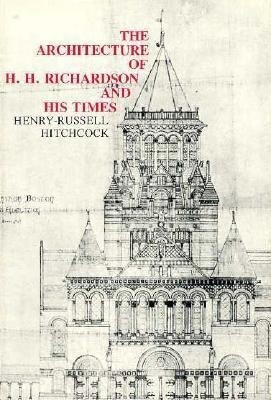The Architecture of H. H. Richardson and His Times(English, Paperback, Hitchcock Henry-Russell)
Quick Overview
Product Price Comparison
H. H. Richardson was born into the architectural chaos of the mid-eighteen hundreds and dies in the architectural revolution of the age of the skyscraper, yet his genius and reputation were able to surmount the first and survive the latter. This is a study of his architecture and of the setting in which he worked. It includes detailed discussions of the social,, economic, and technical history of the era and examines the architecture of Richardson's contemporaries and of those countries in which he traveled and lived.His heritage was the romantic generation that had contemptuously renounced the austerity of the classical revival and, in the search for stylistic stimulation, had borrowed indiscriminately from the rich bazaar of historic and exotic styles, the Gothic, Italianate, Norman, Byzantine. By the time Richardson had completed his education at Harvard and at the Ecole des Beaux-Arts, this mixed architectural diet had played havoc with the American taste.In his maturity he developed a personal style that resolved the dilemma in which he found himself: his own good taste and judgment demanded utility, spatial tangibility, function; his public demanded pictorial surface effects. His reconciliation of these disparities resulted in his finest works: Trinity Church, Boston; the Marshall Field Wholesale Store, Chicago; the Allegheny County Courthouse and Jail, Pittsburgh; Sever Hall, Cambridge.At the time of his death technological advances had made the skyscraper feasible, and in the succeeding years architectural form was virtually dictated by these advances. Richardson's mastery of traditional composition, mortar, polychromy, and ornament was largely forgotten. Today in the search for aesthetic expression of fine materials and (integral) ornament, Richardson's work is relevant once more for practical as well as historical purposes.


